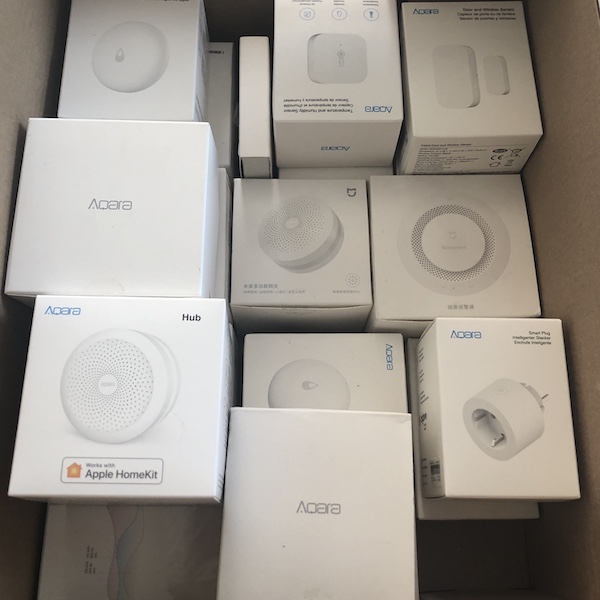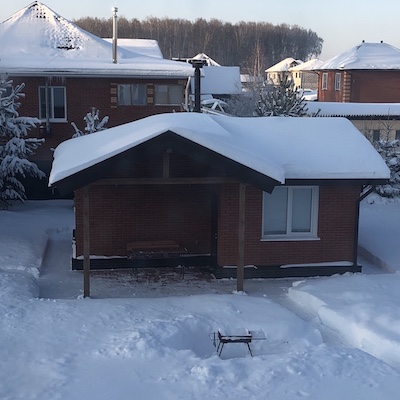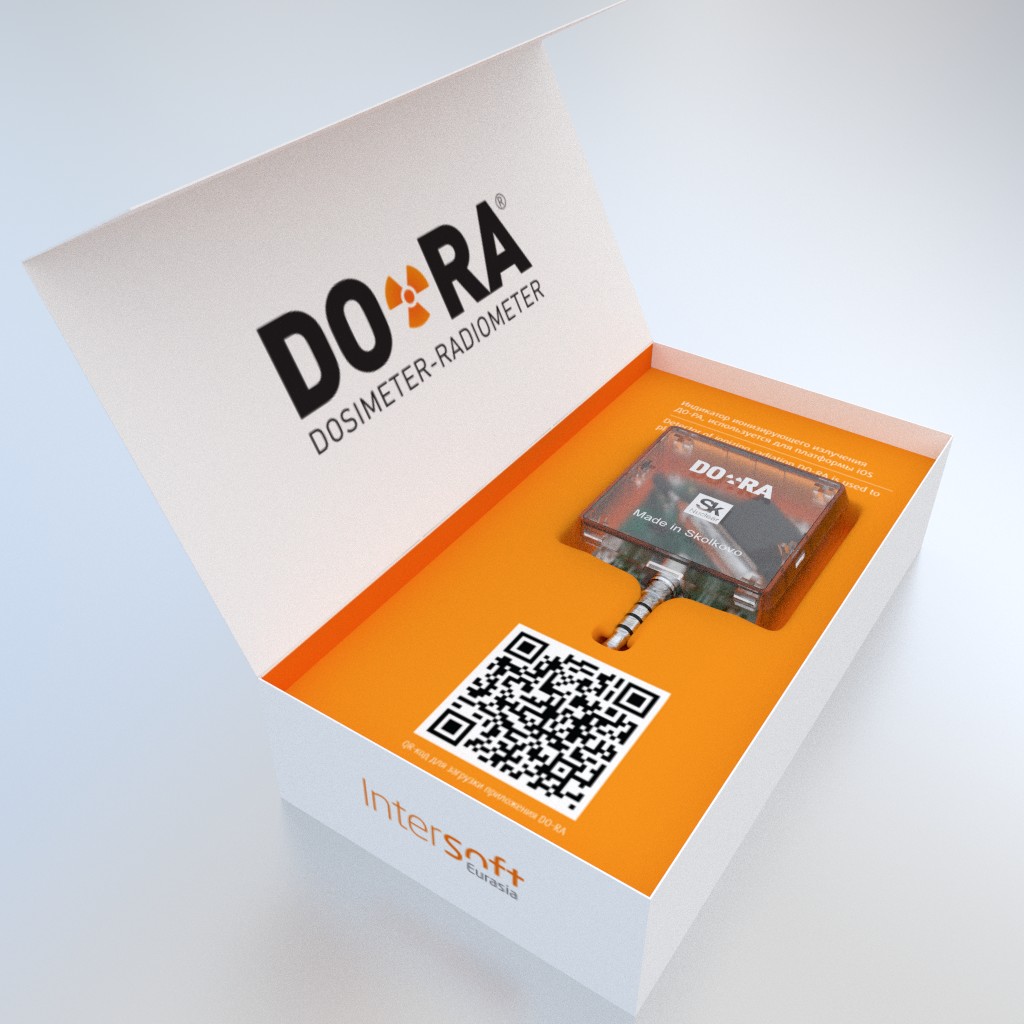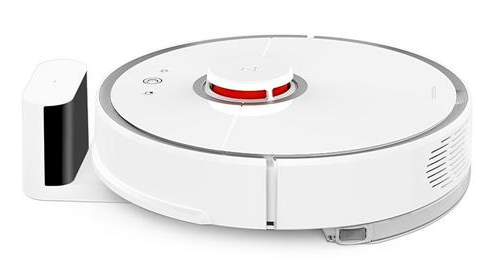Smart house with Xiaomi on the example of a sauna
There are quite a few reviews and videos on the Internet about building smart houses. There is an opinion that all this is quite expensive and troublesome in the organization, that is, in general, the fate of geeks. But progress is not standing still. Devices are becoming cheaper and more functional, and design and installation are quite simple. However, the reviews mainly focus on 1-2 examples of use, practically not covering nuances and not creating a complete picture. Therefore, in this article I want to make an overview of the finished project, demonstrate the use cases and pitfalls encountered in building a smart home with Xiaomi devices on the example of a sauna. The described ideas with small variations can also be applied to the automation of the apartment.

For starters, a little background so that the context can be understood. In the early autumn of 2018, the sauna was finished and put into operation. The sauna is an autonomous capital structure with year-round heating and water supply.

Read more →

Background or why all of this is necessary
For starters, a little background so that the context can be understood. In the early autumn of 2018, the sauna was finished and put into operation. The sauna is an autonomous capital structure with year-round heating and water supply.




 Saluting my LED lamp fans!
Saluting my LED lamp fans!




